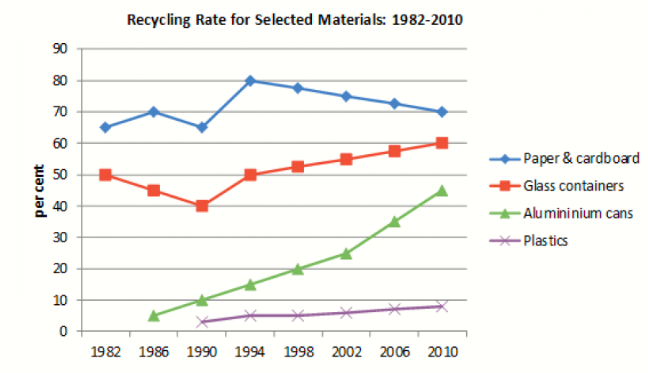Nowadays, learning English is often prioritized in schools due to its status as an international language. While I agree learning English is important.
First of all, English is the key to global opportunities and communication. It helps people communicate with others from different countries. For example, English is the main language that used in business and education. People who can speak English fluently are often have more job opportunities and chances to study at foreign university.
In the other hand, local languages is crucial for culture identity. It represents the tradition, history and value of a country. For instance, in Vietnam, traditional songs and stories are often written in the Vietnamese language, which reflects the country’s history and values. Losing these languages would mean losing important parts of these cultures.
To protect local languages, schools and governments should take action. For example, students can learn both English and their native language in school. This way, they can benefit from English while still keeping their local culture alive. Organize events like storytelling sessions or festivals to teach children their local language in a fun way.
In conclusion, learning English is necessary for global success, but it is also important to protect local languages. By teaching both languages in schools and promoting cultural activities, we can ensure that local languages do not disappear.






 Đăng ký
Đăng ký 

Bạn cần đăng nhập để them gia bình luận